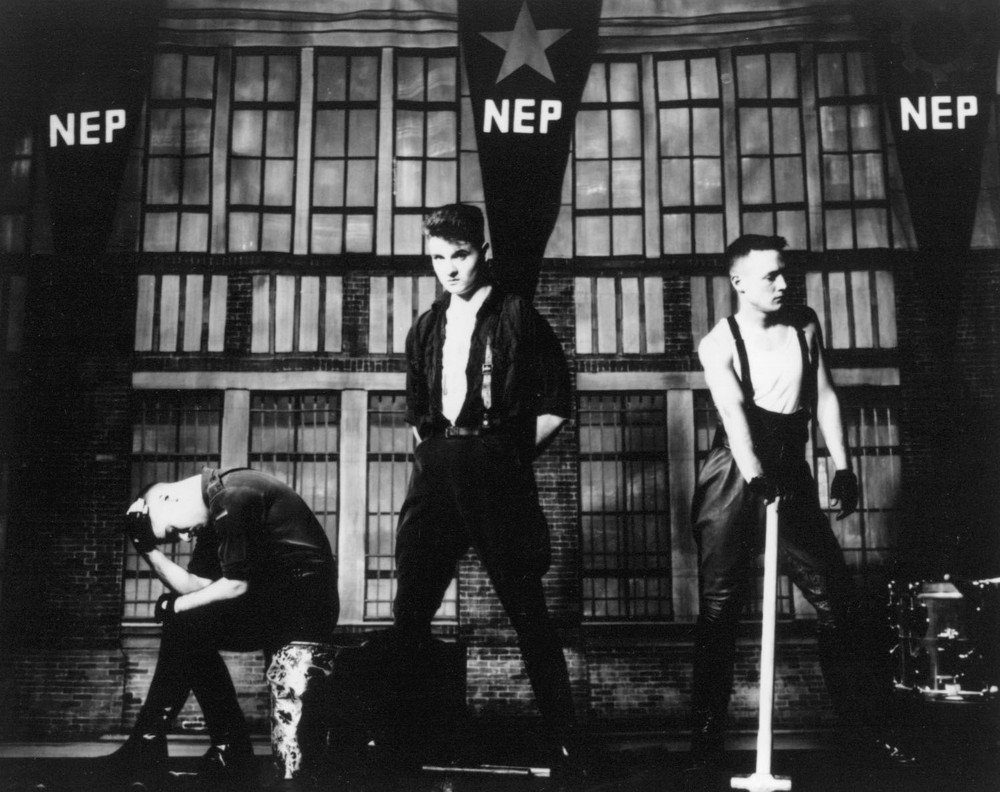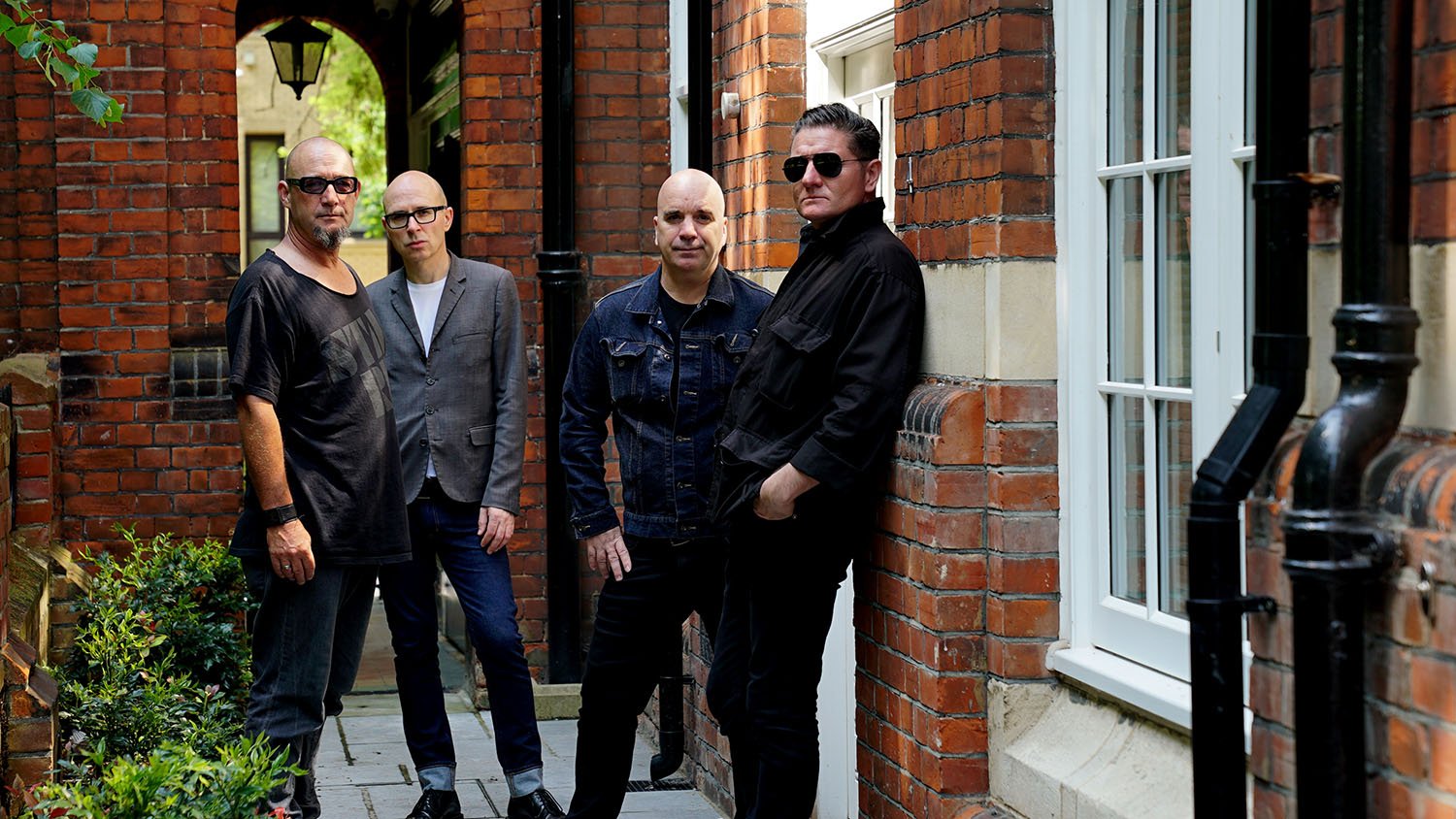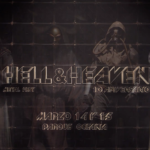If EBM was a religion, Nitzer EBB it would be as part of his trinity, along with Front 242 and DAF since they have forged the whole cornerstone of the sounds of this punk-electronic.
And it is not that the British in Essex were the only ones, but rather the most outstanding ones within an environment that was markedly dominated by Germans and Belgians
When they started they did it influenced by Techno and seasoned with British post-punk sound, such with bands like «Killing Joke» or «Siouxsie and the Banshees», as well as their presentations of small local music venues in the area; purely working class neighborhoods, they gave an infectious mixture of strong rhythms, military images, anguish and anger of Nitzer Ebb, thus prompting alternative dance floors across the UK to be scheduled on a regular basis. This led them to their capital, London, where the group caught the attention of producer Phil Harding, who had already worked with bands like the established Depeche Mode. Realizing the potential of the trio, he helped them release their debut single «Isn’t It Funny How Your Body Works?»From 1985.

El sonido Nitzer Ebb fue de furia, de Techno apasionado, capturado perfectamente en tres sencillos adicionales: “Warsaw Ghetto” de 1985, “Warsaw Ghetto Remixes” de 1986 y “Let Your Body Learn” del mismo año, que elevaron considerablemente su perfil. en la medida en que en la mayoría de Europa pronto fueron considerados los principales exponentes de la “nueva” Electronic Body Music (EBM).
Nitzer Ebb signed with the major label Mute a finales de 1986 y lanzó los brutales temas de “Murderous“, con los que fueron conocidos en los Estados Unidos, y mientras tanto “Join In The Chant” fue un éxito temprano en la escena club del Reino Unido.
Su álbum debut “That Total Age” capturó toda esta esencia de Nitzer Ebb en un paquete perfectamente formado, su combinación de ira controlada y ritmo irresistible, se convirtió para muchos en el ejemplo más definitivo del sonido Nitzer Ebb y de la EBM en general.
This contagious sound attracted the attention of his label mates, Depeche Mode, quienes invitaron a Nitzer Ebb a acompañarlos en la larga etapa europea de una exitosa gira mundial “Tour for the Mases“, exponiéndolos exactamente al público adecuado para su sonido e imagen. Al regresar al estudio después de la gira, en 1989, completaron su próximo álbum “Belief” ahora como un dúo luego de la partida de David Gooday y abandonando su imagen militarista a favor de un enfoque más sutil de su producción.
Su tercer álbum “Showtime” en 1990 reveló un sonido menos conflictivo y una accesibilidad que atrajo particularmente al público en los Estados Unidos, con toques más melodiosos acercándolos a un electrónica más comercial.
Ya en 1991, se lanzó “Ebbhead” y es donde se nota que el cambio a favor de ser lento y más orquestado, mezclando su ritmo duro e industrial con muestras de guitarra y canciones más desarrolladas.
A medidados de los 90’s llegó su quinto álbum “Big hit” , Nitzer Ebb había pasado por otra metamorfosis. Atrás quedó la techno-furía que se había convertido en su firma, siendo reemplazada en su lugar por un uso más amplio de instrumentos reales, particularmente guitarras y baterías. Las canciones también eran más complejas, dividiendo la base de fanáticos de Nitzer Ebb entre aquellos que simplemente querían que siguieran haciendo Electronic Body Music y aquellos que apoyaban su deseo de desarrollarse.
Finally with the rediscovery of the Hard Beat / Electronic Body Music genre in recent years, the music that Nitzer Ebb originally released has been revalued and so much so that the Essex trio: David Gooday, Douglas McCarthy and Bon Harris have gathered this 2019 to give a series of concerts in Europe, the United States and Mexico, within the CMD_F Festival, next September 28, as an exclusive concert for Latin America.






